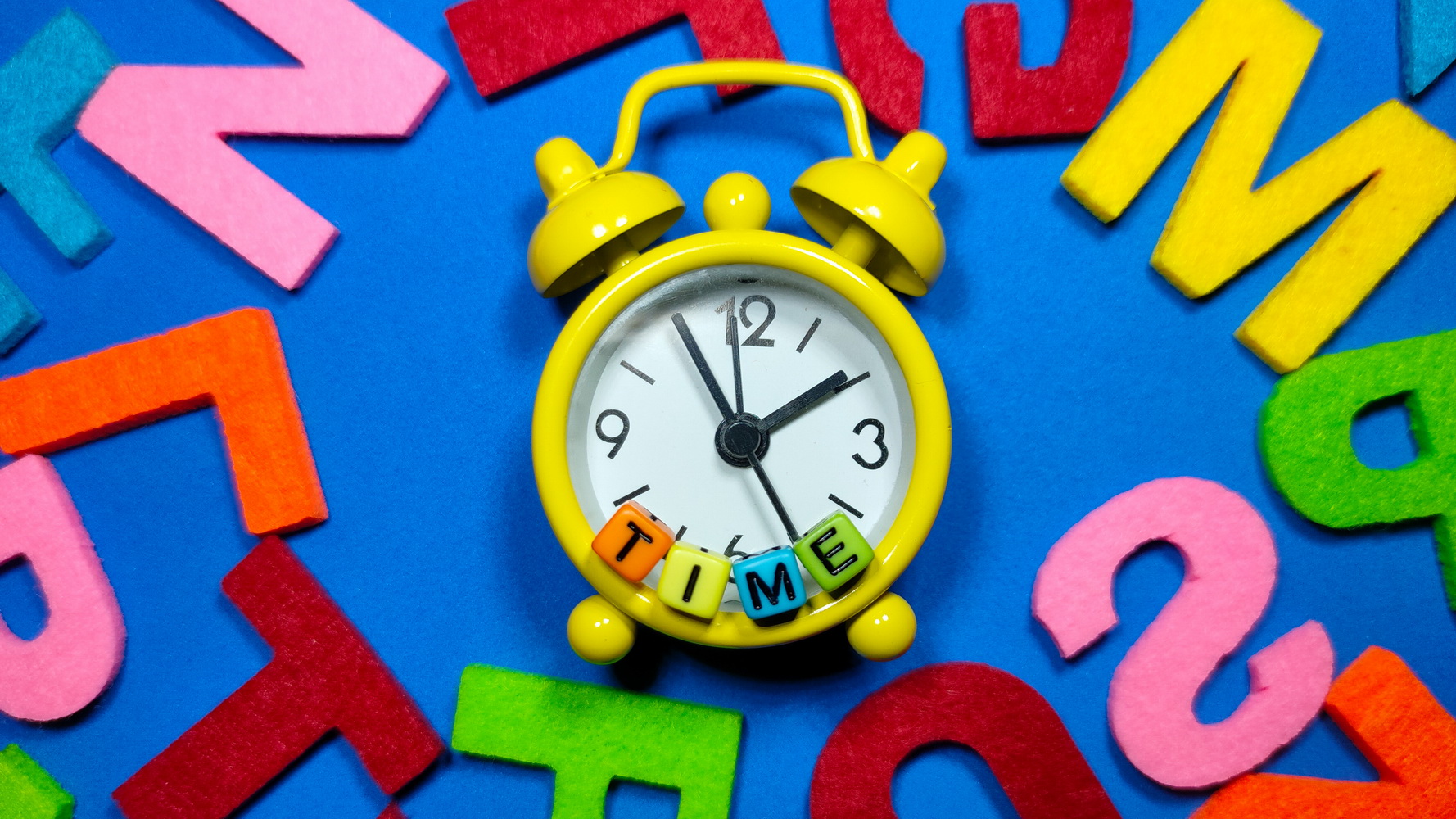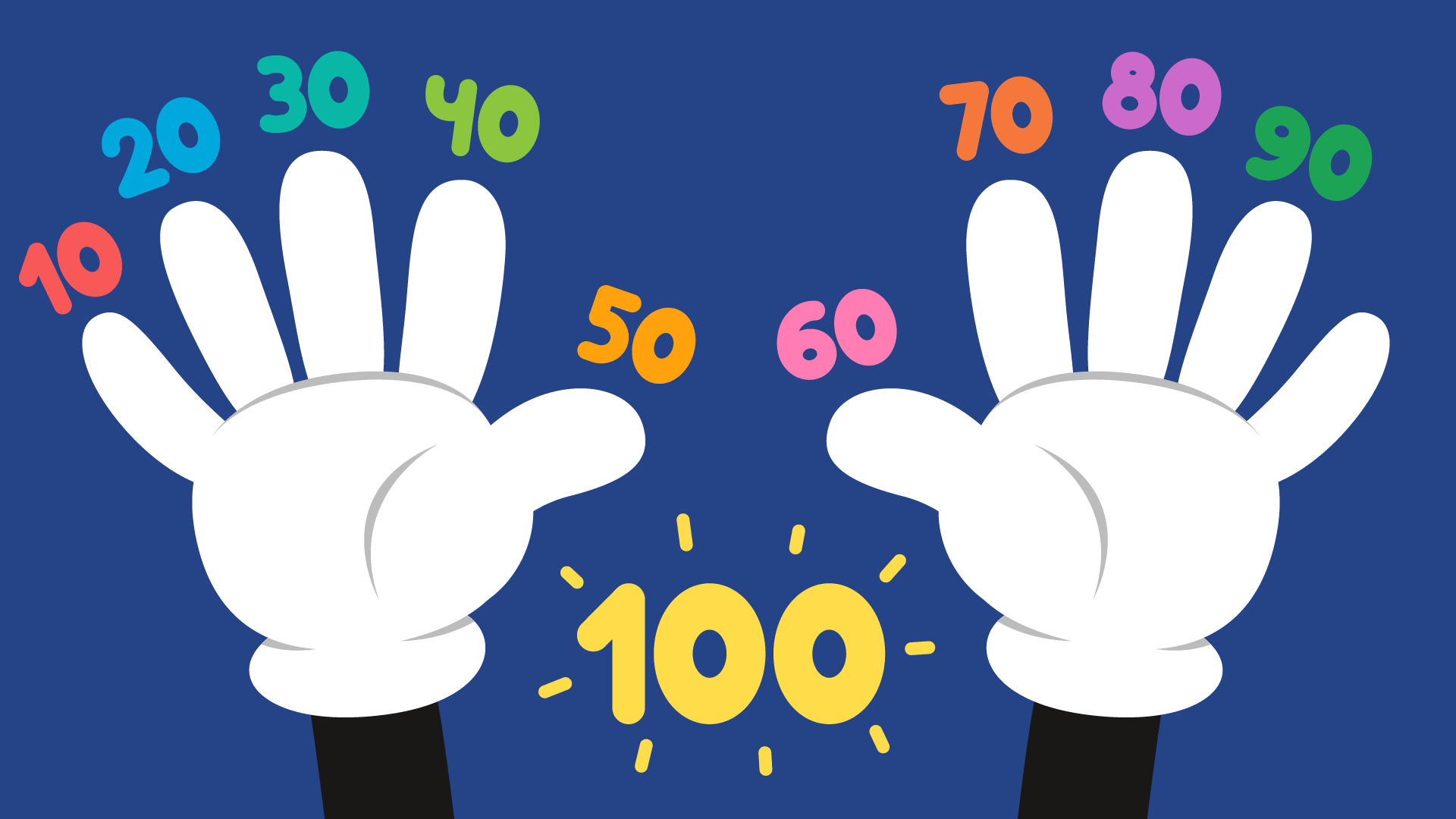Punishment and Reinforcement in Correcting a Child’s Behavior
May 10, 2022
Different approaches to disciplining a child
Finding the right way to correct the demeanor of a misbehaving child has always been a question. Parents often wonder if it’s okay to punish their kids and which type of punishment would work best without traumatizing the child. Punishment does help to prevent unacceptable behaviors, but what’s really important is how you do it.
Physical punishment may stop a child from misbehaving, but it does not give them a clear idea of what you consider to be good demeanor. According to an expert on the effects of corporal punishment on children, Elizabeth Gershoff, Ph.D., “spanking gets children’s attention, but it does not help them understand why they should do the right thing in the future. They might behave in the presence of the adult/parent but will misbehave when other people are around.” An aggressive response to a child’s misconduct does not show high results as punishment, does not teach them self-control and responsibility, while also making the child more inclined to show aggressive behavior when resolving conflicts in the future. The Resolution on Physical Discipline of Children by Parents warns that physical discipline has negative effects on children’s emotional, behavioral and academic spheres.
Therefore, other means of punishment should be considered as more effective and appropriate: e.g., taking away privileges (no TV, no iPad, no treats etc.) and imposing time-outs when you simply ignore the unwanted behavior. Make sure to never punish your child in front of other people as this might be detrimental to a child’s self-esteem. Also, it is important to give rewards for good behavior to increase its likelihood in the future. Rewards may come in the form of praises, additional playtime, etc. Rewards should be used alongside punishment so the child doesn’t feel that the only thing you notice is their wrongdoings.
Receiving disciplining is necessary for a child to understand and learn what is wrong and what is right. Discipline methods should depend on your child’s age and stage of development.
The American Psychological Association outlines the following principles of positive discipline by age:
Children from birth to 3 years old:
- Supervision is important;
- Control difficult behavior by using a clear and firm voice with authority – but not yelling;
- Give a child distractions when difficult behavior seems to be coming out.
Children from 3 to 8 years old:
- Explain the rules and talk about good behavior to a child;
- Give a child commands in a clear voice – try giving one command at a time for the child to understand;
- Ignore such behaviors as yelling, crying, etc. but make sure that your child is safe and is not crying out of pain;
- Use a time-out for your child to calm down;
- Be consistent in teaching your child consequences and implementing those consequences immediately after misbehavior.

Disciplining a child does not equate to punishment. Though it is necessary for parents to act when their child misbehaves, they should always consider the child’s feelings, too. Avoid comparing your childhood experiences with those of your child because they will be different – and even though there may be some similarities between them that does not mean your experience will be helpful. Allow them to make mistakes but be there to guide them.
The power of positive reinforcement
Another way to correct a child’s behavior is to use reinforcement, which often proves to be more effective than punishment. Giving rewards might be the last thing that parents want to do when dealing with their child’s misdemeanor. However, reinforcement can be one of the most effective techniques for improving a child’s conduct.
Everyone loves to be rewarded for their efforts. Receiving a praise on completing a piece of hard work helps us, adults, stay motivated. This applies to kids as well; compliments, attention, and gifts all help foster the desired behavior. For example, if you compliment your child for eating on their own, they will be more likely to do so in the future.
All in all, there are four main types of positive reinforcers:
- Natural reinforcers – these happen directly after a behavior without any external interference – like feeling full after eating.
- Social reinforcers – these are actions and responses coming from other people – such as paying a compliment (“Great job!” or “You are amazing!”), giving a high five or a hug, or tapping one on their back.
- Tangible reinforcers – these are physical rewards like gifts, foods, toys, etc. This type of reinforcer is highly motivating, hence its popularity. However, tangible reinforcers should not be used often as they can cause dependency – children might end up only doing the task to get a reward.
- Token reinforcers – these are a form of a simple economy system wherein one is given a stamp or a sticker and receives a reward upon collecting a certain number of those tokens. The reward does not have to be necessarily tangible – it can be extra five minutes of the child’s favorite activity like playtime or screen time.
How to use positive reinforcement
Positive reinforcement is quite tricky because it enables any kind of actions, including negative ones – when wrongly used to stop challenging behavior. If in response to their child crying and throwing a tantrum the parent concedes and gives them attention, they increase the likelihood of such behavior in the future.
Secondly, as mentioned before, overuse of reinforcements can cause dependence – which means that without the reinforcement the behavior will not occur. For instance, if you tend to give your child candy to encourage them to eat their dinner, eventually they’ll refuse to eat without candy.
Below is a list of tips on how to use positive reinforcement in the most effective way:
- Do not overuse tangible reinforcers (food, treats, toys, etc.) as this may lead to dependency and satiation. This type of reinforcer works best when establishing the behavior.
- Use social reinforcers – give kids praises, high fives, clap when they do something good, tap them on the back for being amazing, etc. This helps a child feel confident about their behavior.
- When using a token reinforcer, let your child decide what reward they prefer. This will make them feel great and will also teach them to take responsibility when making a decision.
- Let them know which behavior is being reinforced. Always name it – for example, “great job sitting properly”, “thank you for waiting patiently” or “this is candy for you because you cleaned your room this morning.”
- Always give the reward immediately after the behavior. For example, if the child picks up their trash and throws it in the bin, you must immediately let them know that you acknowledge their action. Do not wait for another behavior to occur before giving a reward.
- Reinforce efforts. Even when a certain good act is yet in process, let them know that you appreciate how hard they are working on it – give them compliments and praises.
- Learn what your child wants. Some children love getting praise, some love food, and others might want playtime.
- Check the environment. Before choosing a reinforcer, make sure that it cannot be easily received without the behavior occurring and that it’s appropriate. It’s not really worth it giving food when it is almost lunchtime, or screen time when they already feel sleepy.
- Don’t overdo with the amount of reinforcer given. However, it may be okay to give a child more reward in case of a rare behavior.
- Work on how you give reinforcement. If the behavior is consistent then it is okay not to reinforce it every time. For example, if you are teaching your child how to eat on their own, you can give praises whenever they eat without assistance. However, if you see them doing it consistently then you may only give praises after they carry on with it for 5 minutes or more.

You may use reinforcement in the following cases:
- A child shows social skills like sharing, waiting for their turn, talking appropriately with their friends, not getting mad when they lose a game, etc.
- A child manages to handle big emotions – if instead of throwing a tantrum, they do breathing exercises or something else that helps them calm down.
- A child expresses their emotions appropriately – for example, by saying that they like their friend's dress, or by abstaining from a negative response to another child’s offensive remarks.
- A child has been working hard on a certain task.
- A child cleans after themselves – for example, packs their toys away.
- A child listens to you and complies with your instructions.
Reinforcement and punishment can be used hand in hand. The important thing is what results they show in your individual parenting situation. Always remember that every child is different. Some types of disciplining might not work well with your child but will do wonders with others. Child-rearing is not an easy task, and you might also consider adjusting your own behavior to help out your child. No parent is perfect, and it is okay to make mistakes as long as you try your best and look out for your child’s wellbeing.
About the author
Jorezza Antonio - Behavioral Therapist.
Metro Manila, National Capital Region, Philippines.





.jpg)






